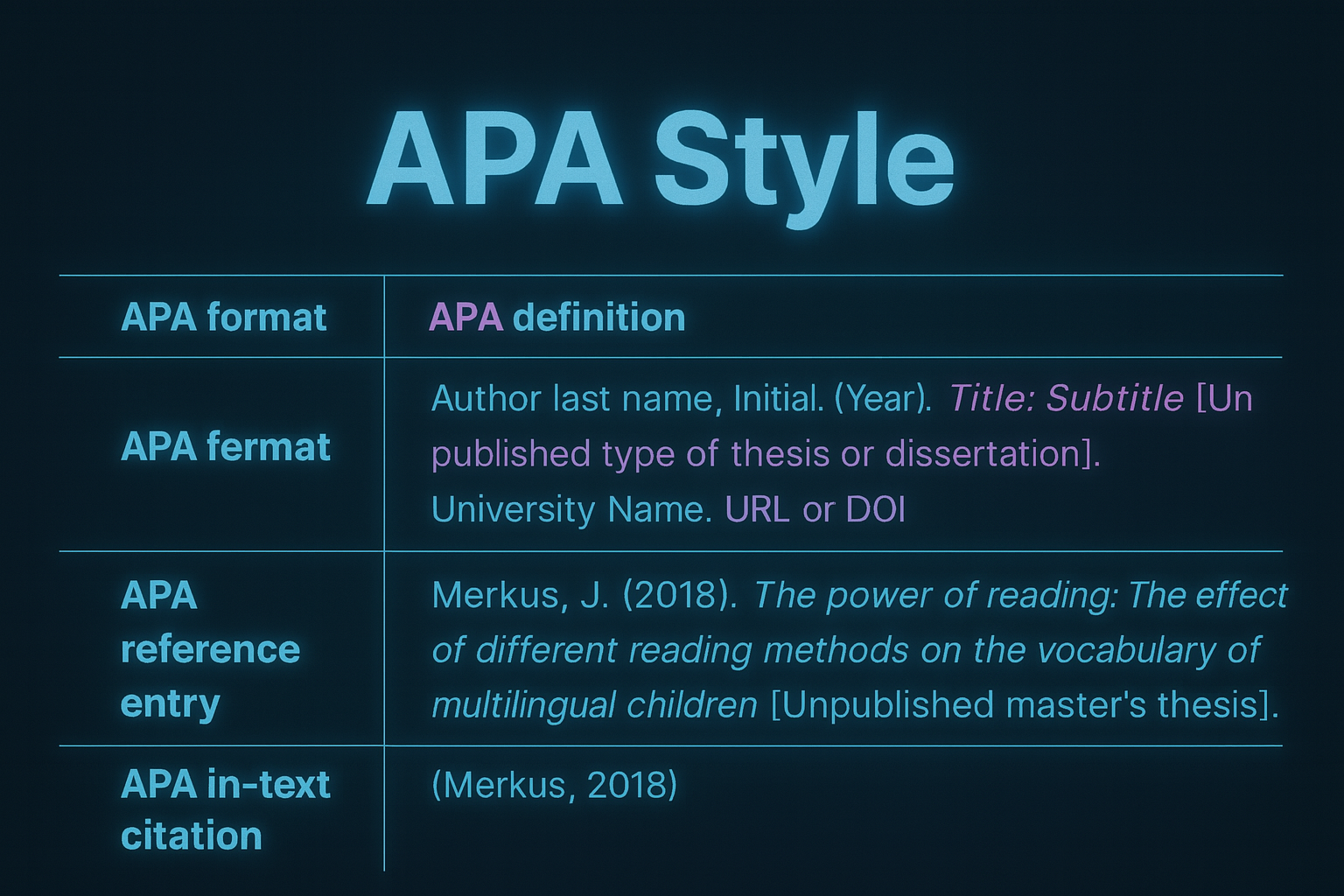Copying someone else’s words or ideas without giving credit is usually what plagiarism means, but you can also plagiarize your own work. Self-plagiarism happens when you use your own previously published or submitted work again. This can include:
- Submitting a complete revision of the paper
- Taking sections or restating parts from what you’ve written before
- Taking old information and using it again.
- Publishing several articles on the same study individually.
Reusing your own work without acknowledging it can confuse your readers, making them think it’s brand new. If you want to use something from your past work, let your readers know by giving yourself credit.
Examples of self-plagiarism
If you find yourself using your own previous work without proper acknowledgment, you might be engaging in self-plagiarism.
- Turn in work from last year for a class now.
- Reusing sections from a past project without acknowledging it, such as copying parts of an earlier submission, isn’t the best practice.
- You can incorporate data from an earlier research project, whether it’s been released or not, without informing your audience.
- Submitting a manuscript with data, conclusions, or parts that were published before without mentioning your earlier work.
- Release various comparable articles on the identical research in separate publications.
Why is self-plagiarism wrong?
Self-plagiarism isn’t seen as bad as copying others, but it’s still cheating. It can lead to the same punishments as other plagiarism types.
- Seems uninterested in creating anything new.
- Using someone else’s published work might lead to copyright problems.
- You’re not adding anything new or unique to what’s already known.
- Misleads academic honesty, since it falsely shows your research.
You can reuse your past work sometimes, but just make sure to give yourself credit by citing it.
How to cite yourself
It’s okay to use parts of your past work, but make sure you get clear approval from your teacher first. Also, remember to mention your own work as you would with other sources.
Just like citing any source, you can cite your own work. Below are examples of how to cite an unpublished thesis or dissertation in different styles.

How do educational institutions detect self-plagiarism?
Many schools have their own databases of assignments that students have submitted. Sometimes, they can also look at databases from other schools. If you submit even a part of an old assignment again, the software will mark it as self-plagiarism.
Online plagiarism checkers that aren’t linked to a school don’t have access to these school databases. So, they can’t check your document for self-plagiarism.
Scribbr offers a tool called the Self-Plagiarism Checker. You can upload your original work and compare it to your new assignment. This tool will catch any self-plagiarism and other types of plagiarism, helping you add the right citations before you turn in your work.
Frequently asked questions about plagiarism
Can you plagiarize yourself?
If you use your previous work again without saying so, it’s seen as self-plagiarism. This includes handing in the same paper or using parts or data from something you already submitted without giving credit.
Just like other forms of plagiarism, self-plagiarism can lead to similar consequences. If you plan to use old content, it’s important to review your school’s rules or ask your teacher.
When do I need to cite myself?
If you’re using content or data from past work, remember to give yourself credit. Cite your old work like any other source by following the citation style guidelines you’re using. Reusing your own work might count as self-plagiarism, so check with your teacher or your school’s handbook first.
What happens if you plagiarize?
Plagiarism’s impact changes with its kind and setting. Handing in someone else’s full paper leads to the harshest outcomes, while small citation mistakes are seen as less grave.
For students, you might end up failing the class, facing suspension or expulsion, or having to join a plagiarism workshop. The penalty varies if it’s your first time or if you’ve done it before.
For academics or professionals, plagiarizing can seriously harm your standing. It might cost you your research funds or job, and you could also face legal troubles for breaking copyright laws.
How can I compare two documents for plagiarism?
Many online tools for checking plagiarism can only access public databases. They can’t compare two documents for plagiarism directly.
But Scribbr provides something extra along with its Plagiarism Checker. There’s a Self-Plagiarism Checker tool. This add-on lets you compare your paper with documents that are unpublished or private. This helps make sure you haven’t accidentally copied from your own work or others.
